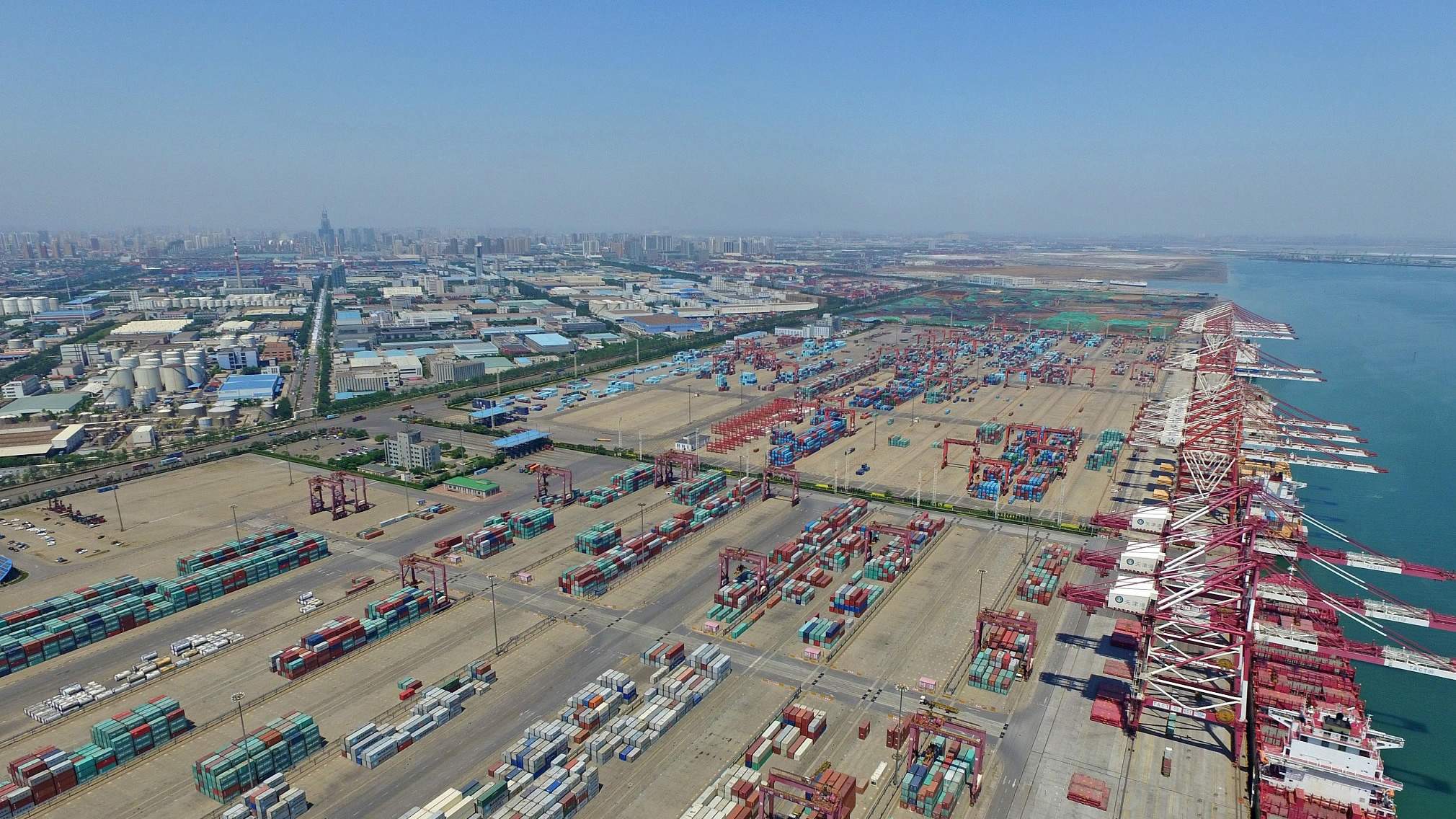

1 / 5 Free Trade Zones (FTZs) are “duty-free areas, offering warehousing, storage, and distribution facilities for trade, transshipment, and re-export operations”, according to the World Bank’s definition in 2008. China has begun to launch its FTZ since 2013, hoping to transform it into a Hong Kong style free marketplace with a full convertibility of yuan and attracting more foreign capital amid increasing pressure on a depreciating yuan. /VCG Photo
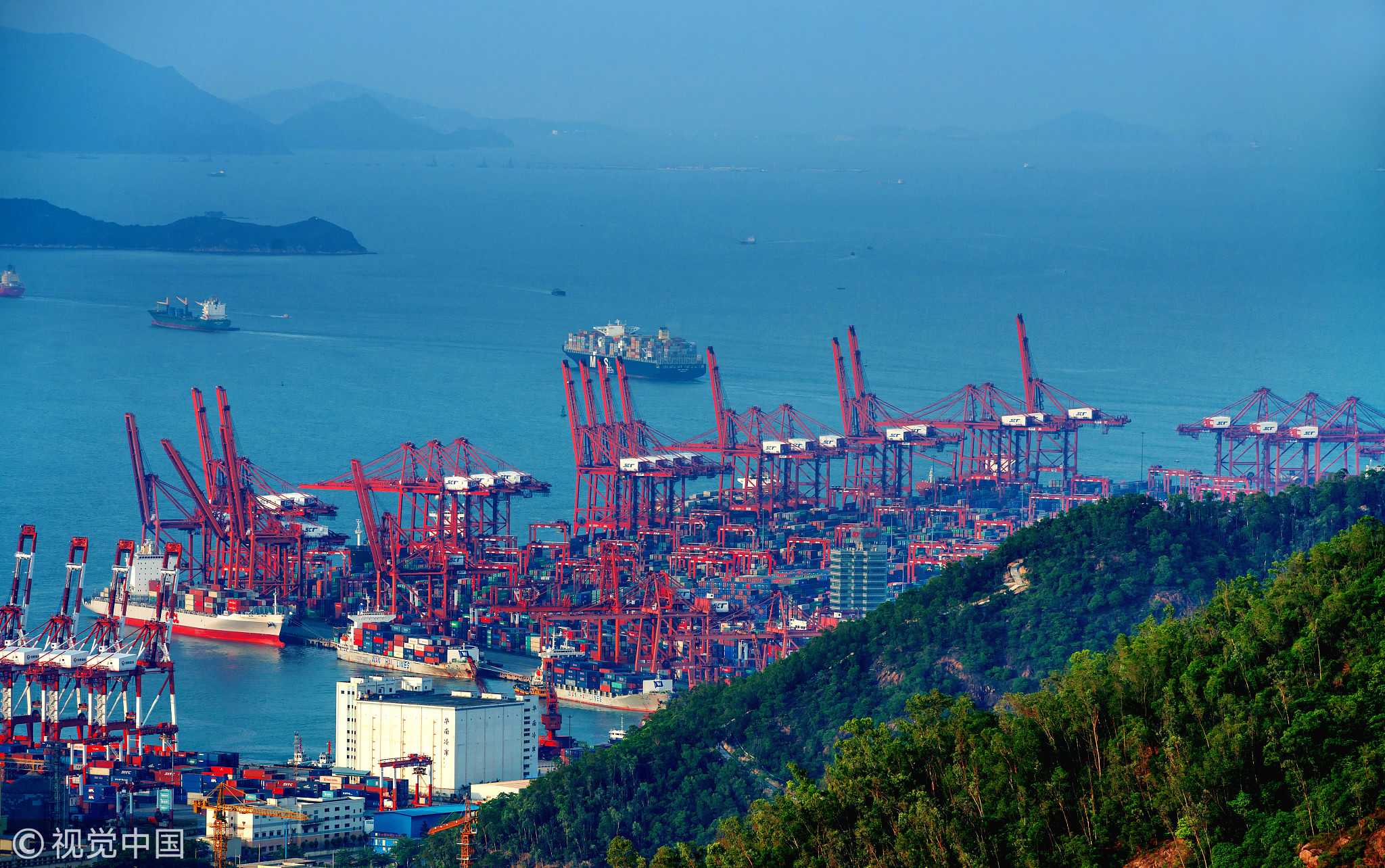
2 / 5 In 2017, China approved seven new FTZs, bringing the total number to 11, which shows that the government is “keen on making reforms”, said Stefan Sack of the European Chamber of Commerce in China. /VCG Photo
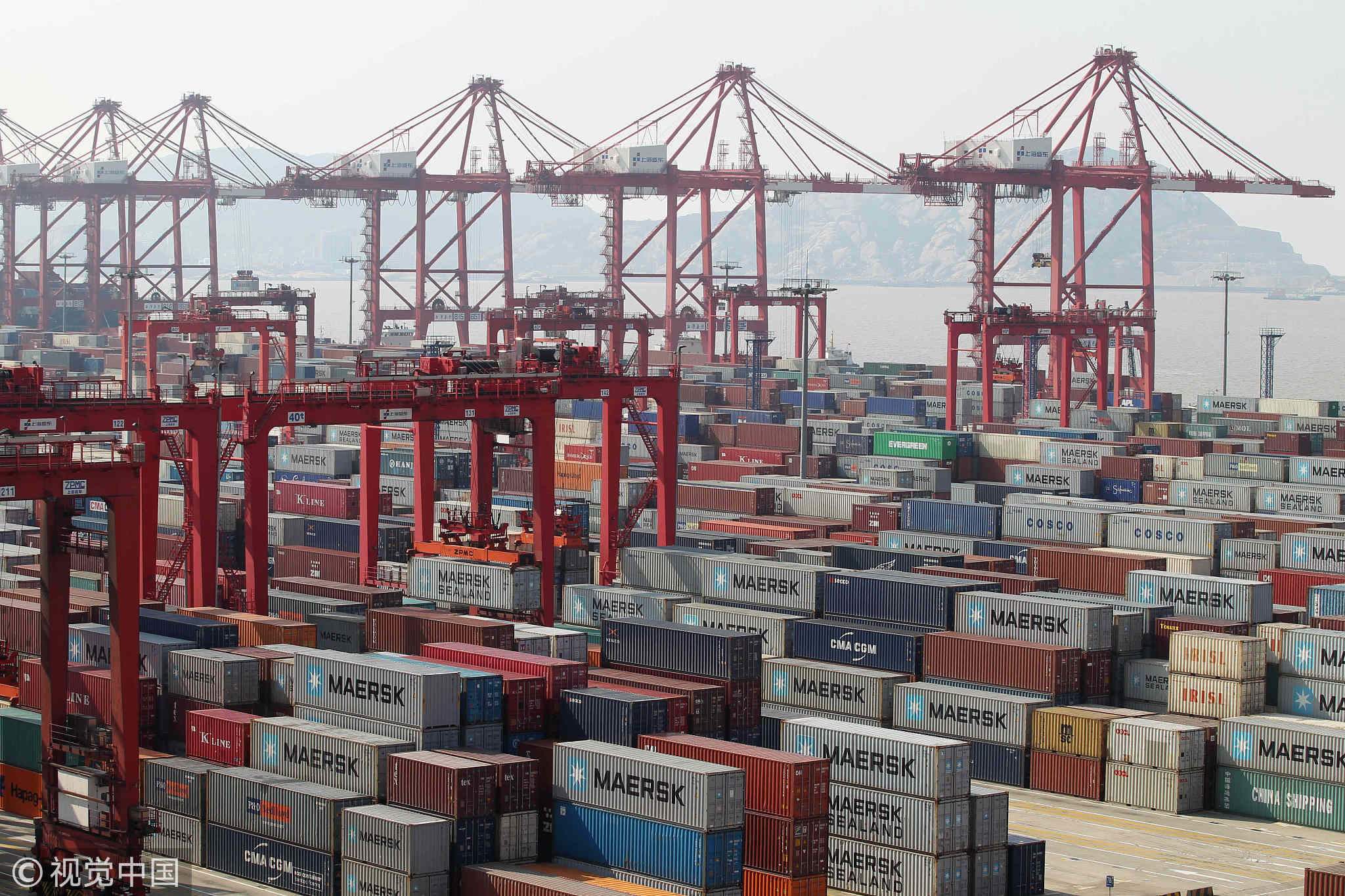
3 / 5 According to the report delivered by the general secretary of the Central Committee of the Communist Party of China (CPC) Xi Jinping at the 19th CPC National Congress, China “will grant more power to pilot FTZs to conduct reform and explore the opening of free trade ports.” /VCG Photo
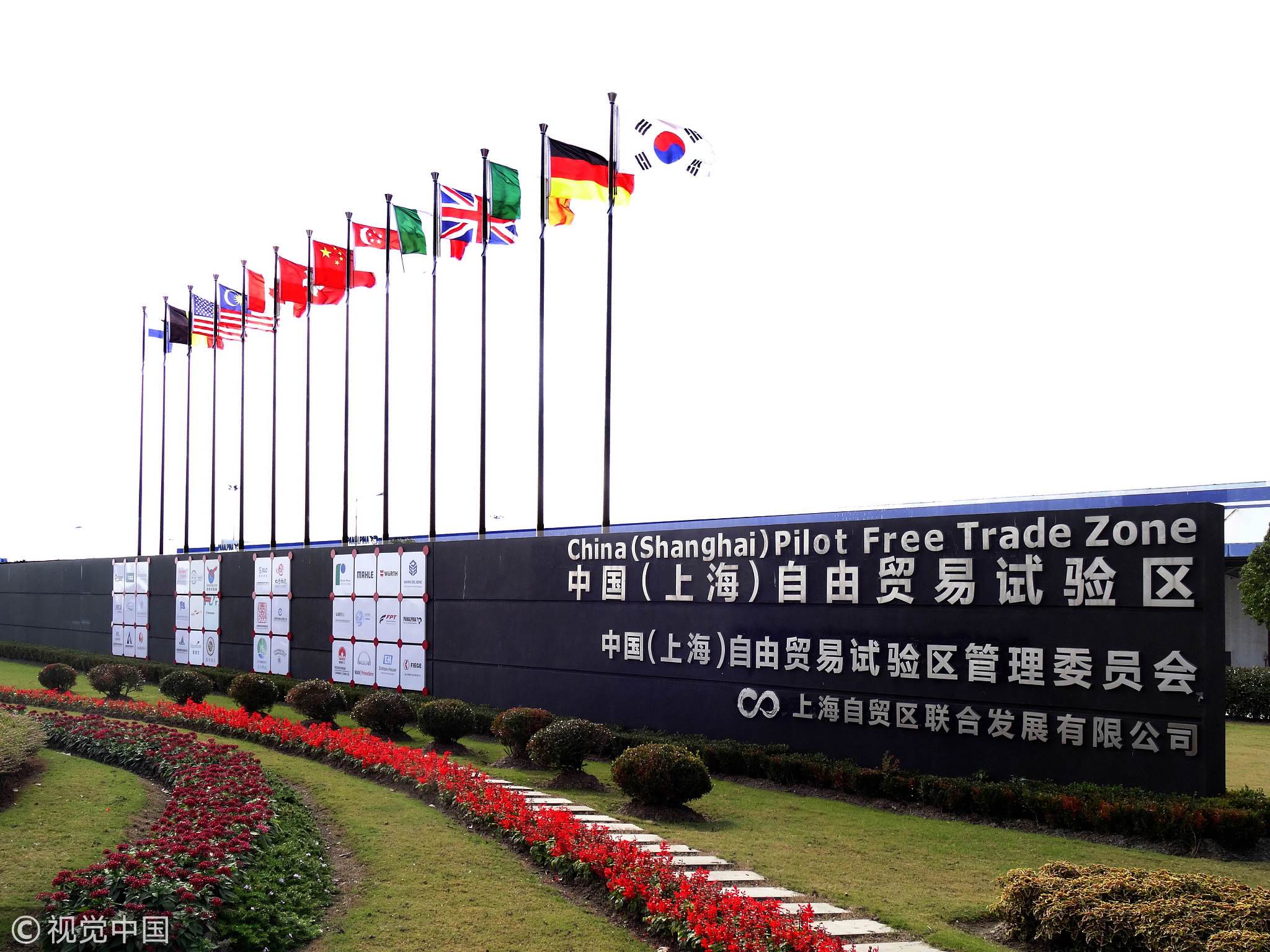
4 / 5 Shanghai Free-Trade zone, a 300-sq-km (around 3,229 sq ft) area launched in 2013, is the first FTZ in China and has been used as a testing ground for a number of economic and social reforms. /VCG Photo
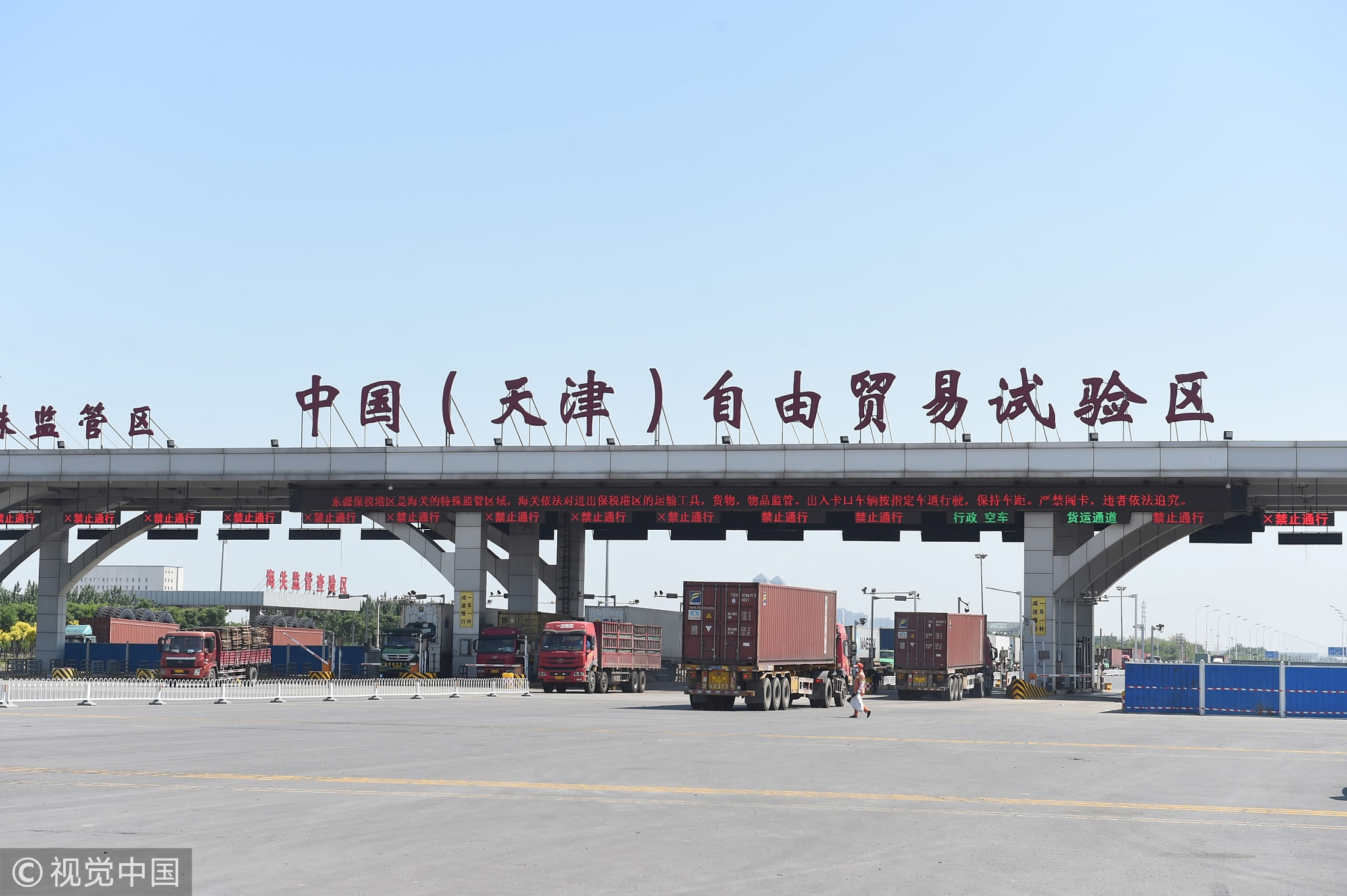
5 / 5 Tianjin Free-Trade Zone covers three areas. Tianjin Airport Economic Area, including Dongjiang Free Trade Port Zone and Binhai New Area Central Business District is aimed at helping “implement a more active opening-up” strategy. /VCG Phoyo